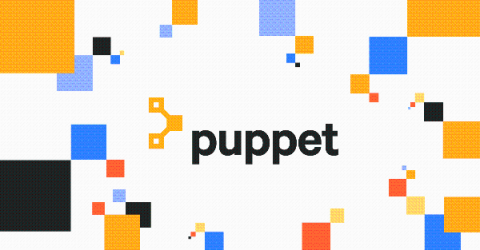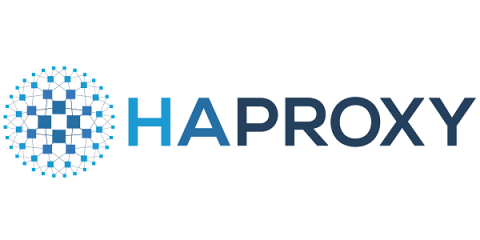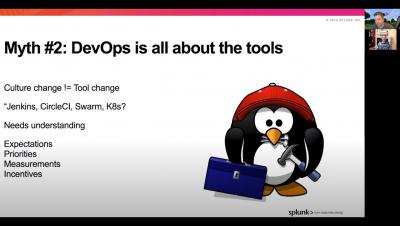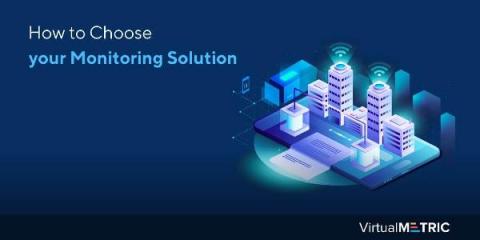GNU Linux commands to inventory computer hardware
In the beginning we, as Humanity, created computers. We said “let it be electricity” and it was the light on our ballistic trajectory calculations. We saw the numbers matched and they were good. And we called the set of calculation instructions as “programs”, which were loaded straight into computer memories. And so was the first computing decade. GNU Linux commands didn’t exist yet, because there were no operating systems either.











